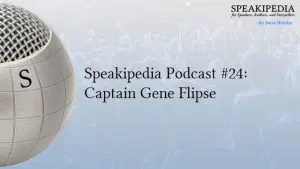Writing teachers encourage us to engage the mind and senses. Describe sights, smells, tastes, sounds, feelings, thoughts, and tactile experiences to appeal to the reader’s imagination on every possible level.
In concept, this is excellent advice. In practice, the advice often gets taken too literally. Think of “saw,” “heard,” “felt,” “tasted,” “smelled,” and “thought” as a special category of the boring verbs discussed in the previous chapter. Use them, but use them consciously and sparingly.
After so many days of hot, endless sand, José saw green mountains rising above the horizon.
Ben awoke in a bright room, unable to recall how he got there. “I must be dead,” he thought as he listened to distant choral music.
Maria stared at the pile of crumpled one-dollar bills and felt ripped off.
George smelled barbecue and rushed over to the grill.
These sentences describe characters and what they’re experiencing, but they’re weak because the narrator is relating the sensory descriptions. Remember another piece of classic writing advice: let your characters tell the story. Build direct relationships between your characters and your reader by keeping the narrator’s voice from getting between them.
Let the settings and objects in your scenes tell the story. Inanimate objects and places can rise, wave, beckon, impose, threaten, welcome, suggest, produce, radiate, and even speak.
So many days of hot, endless sand. At last, green mountains rose above the horizon.
Presumably, we already know José has been walking in the desert. The reader will assume that whatever you describe is what José sees.
Ben awoke in a bright room, unable to recall how he got there. I must be dead. Choral music filtered in from some distant place.
Focus on describing the stimuli rather than on describing what Ben thinks about them. The italics reveal his reaction without having to tell the reader, “Here’s how he reacted.”
Maria stared at the uninspiring pile of crumpled one-dollar bills. What a rip-off!
Again, the italics provide the character’s unspoken inner voice, but by adding an adjective (“uninspiring”) to describe the bills, the reader understands what provoked the reaction.
The sweet, tangy, smoky scent of barbecue wafted through the open door. George rushed to the grill.
George’s reaction is a no-brainer. By emphasizing the stimulus (the scent) instead of the response, the reader will beat George to the hibachi.
Describe the perceived rather than the fact that it was perceived to draw readers directly into your characters’ experiences.





